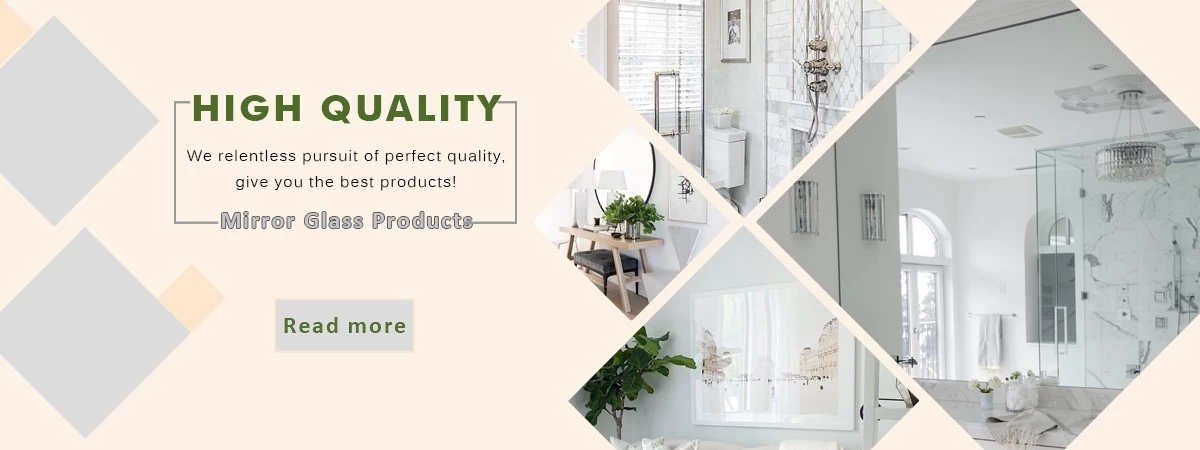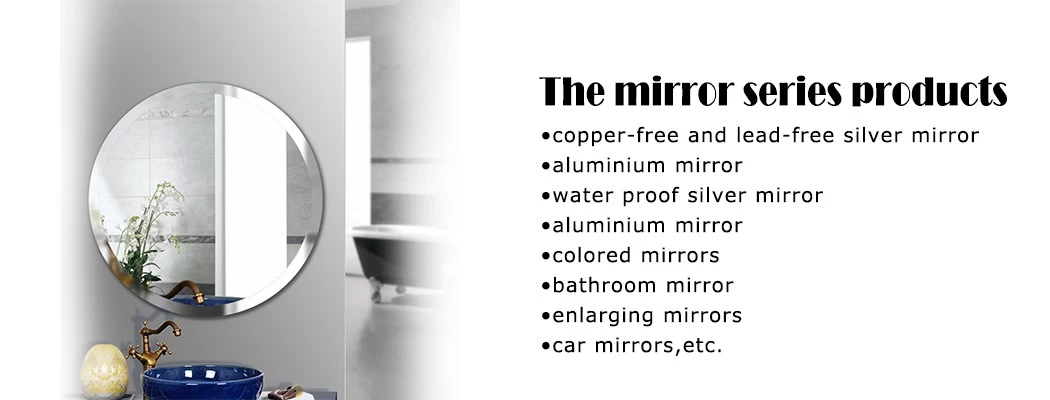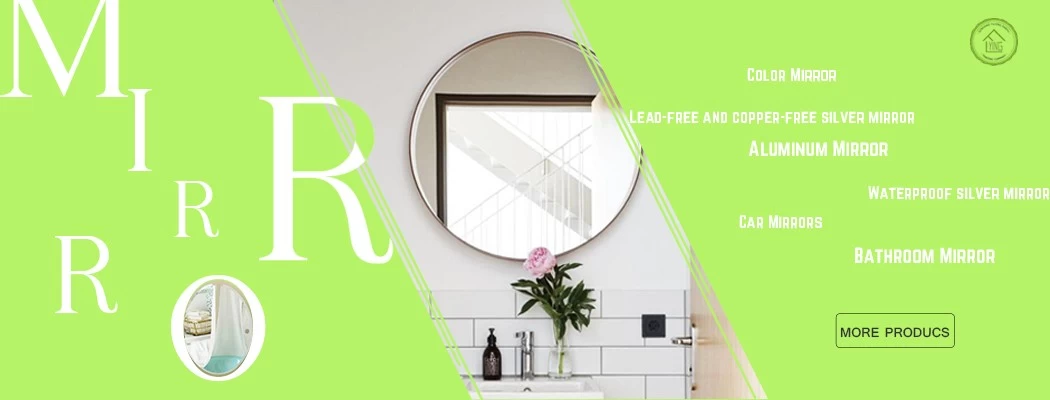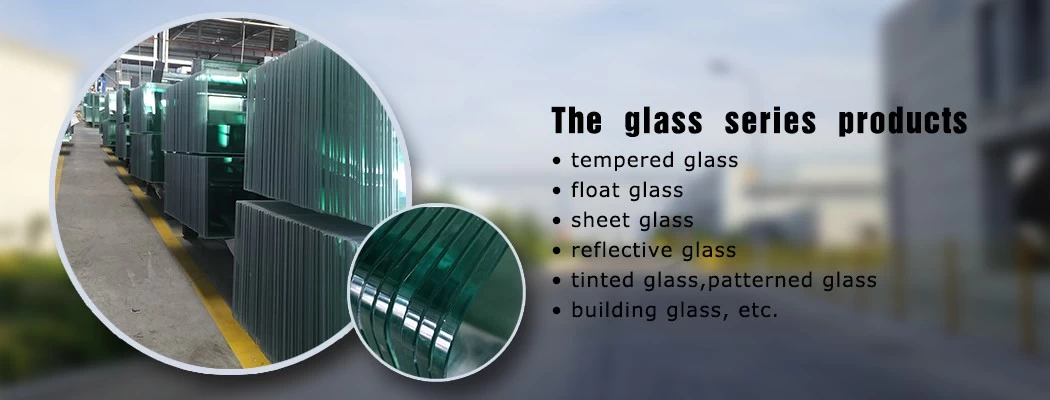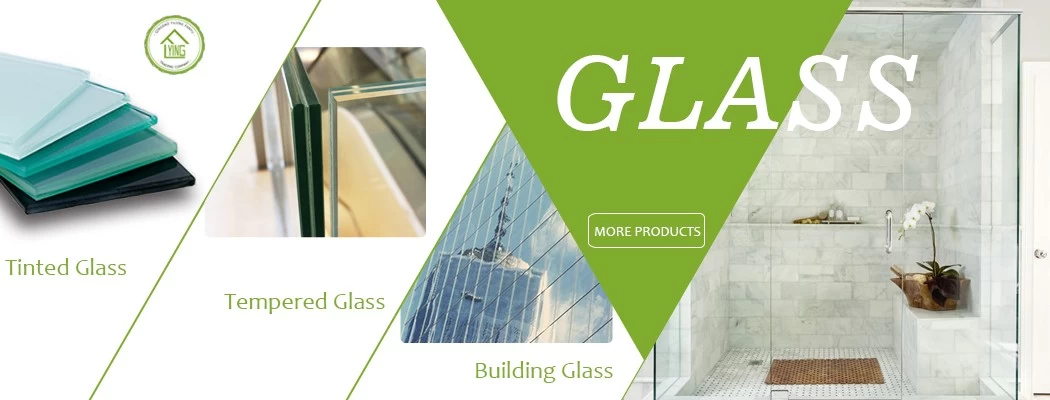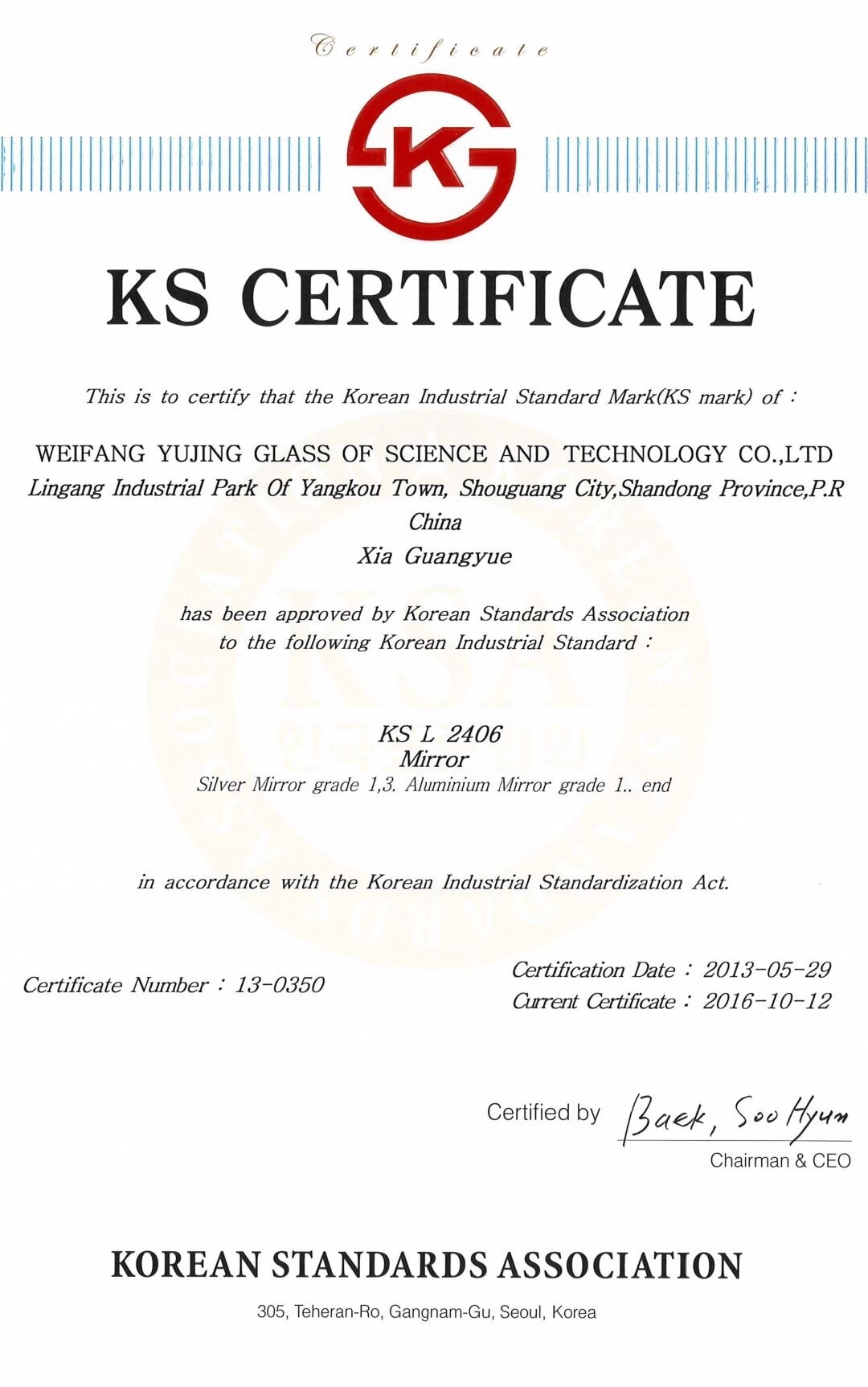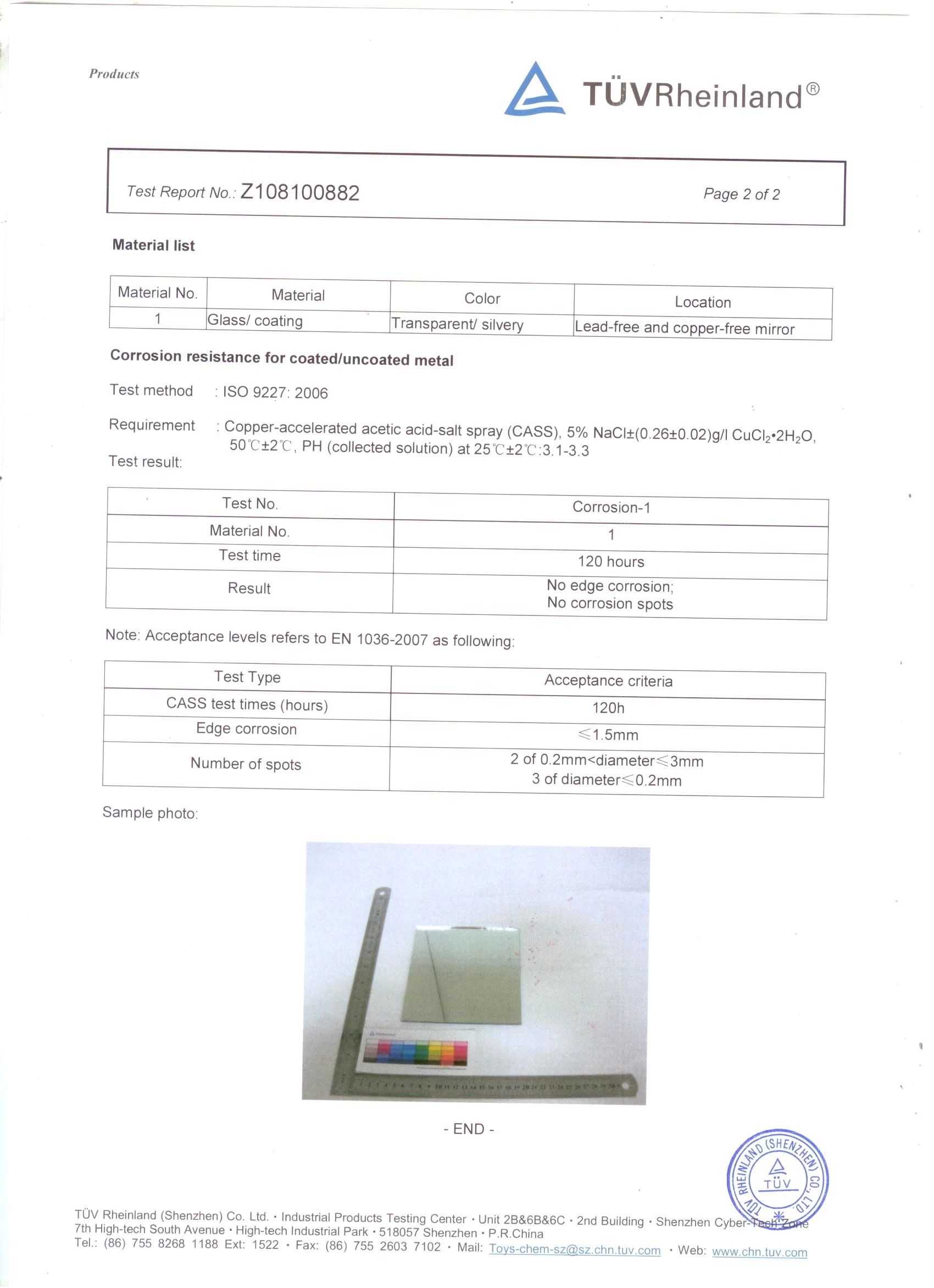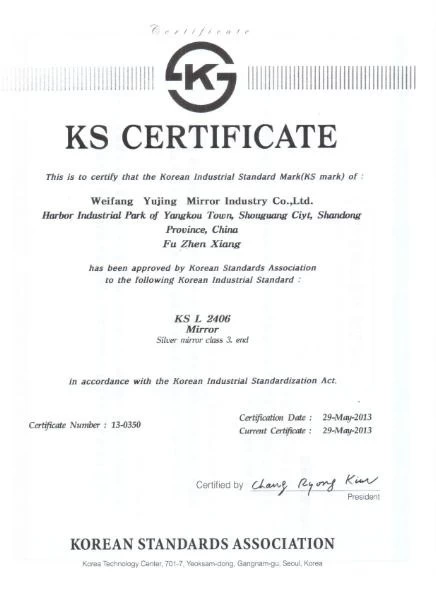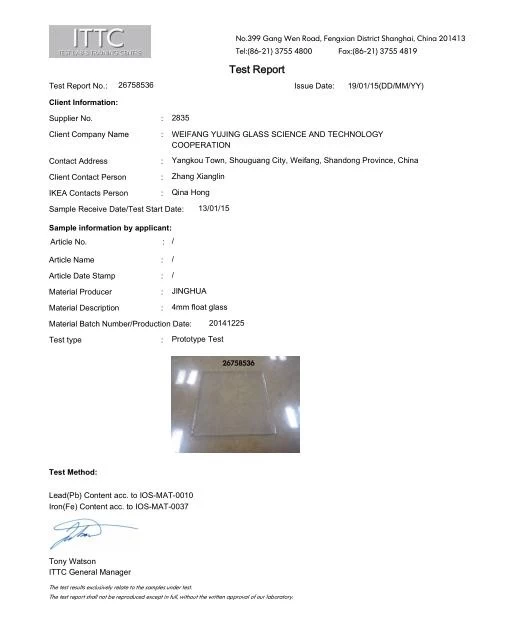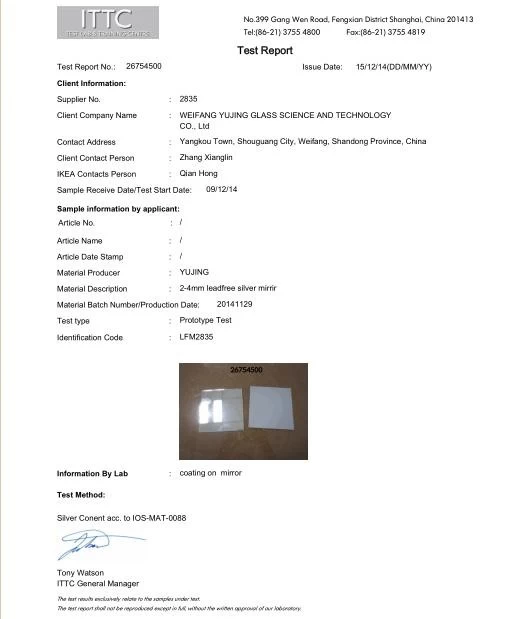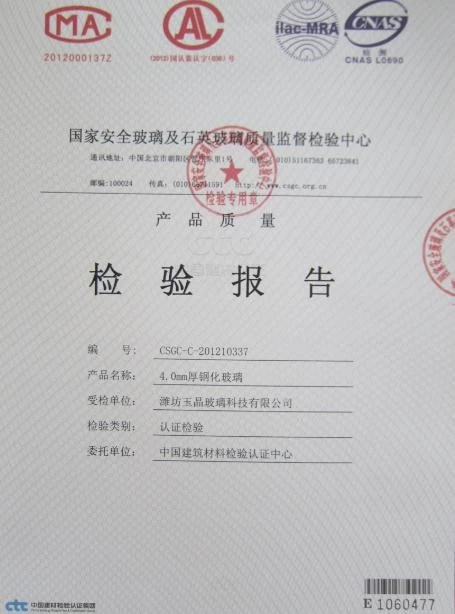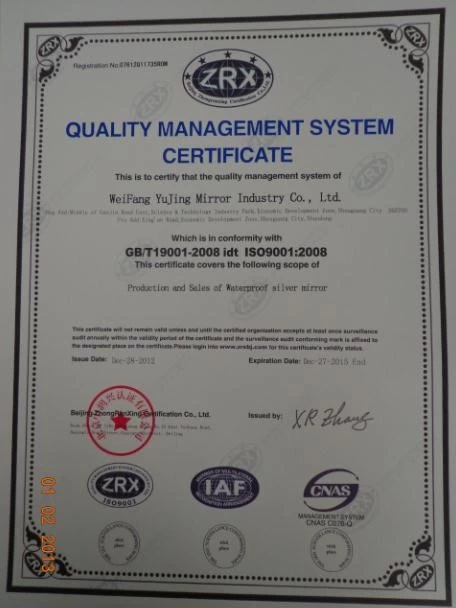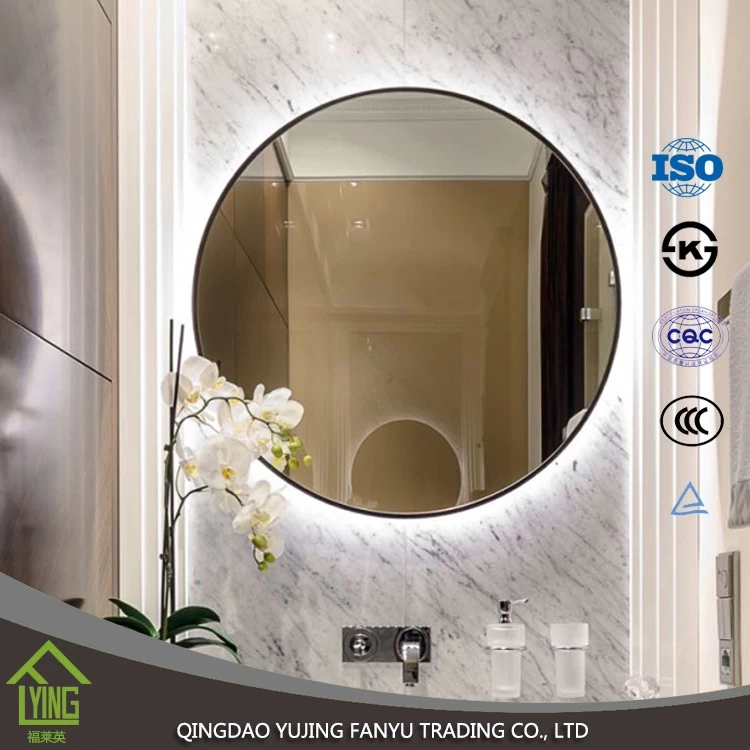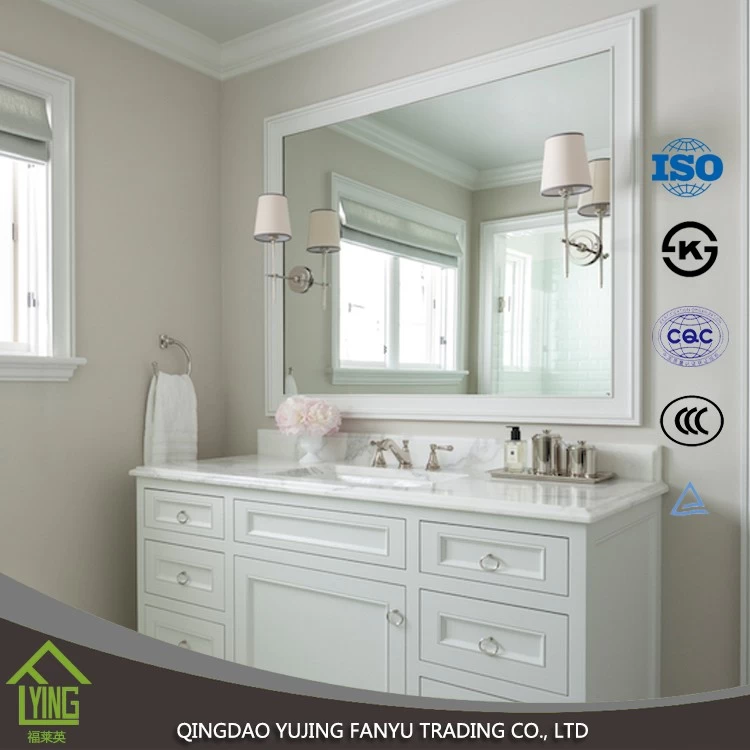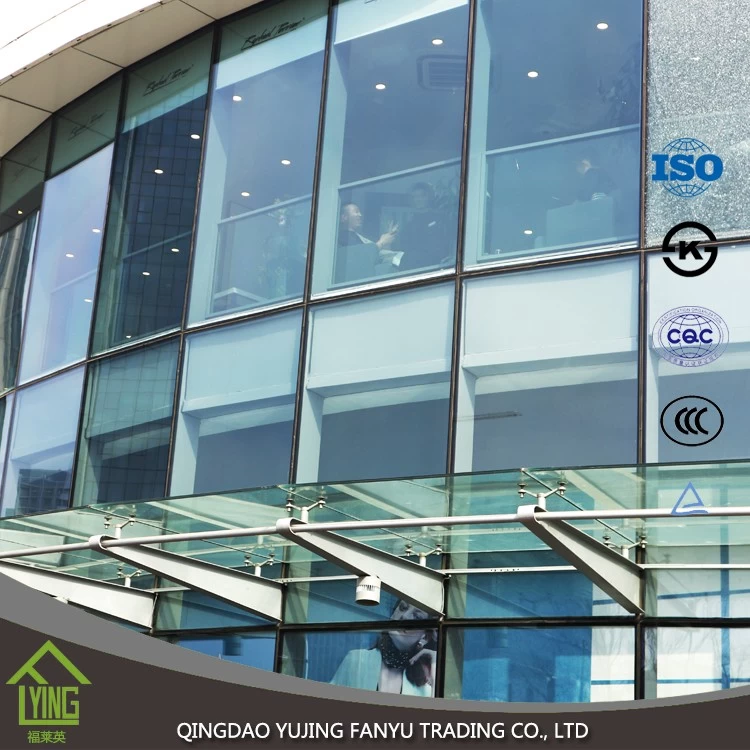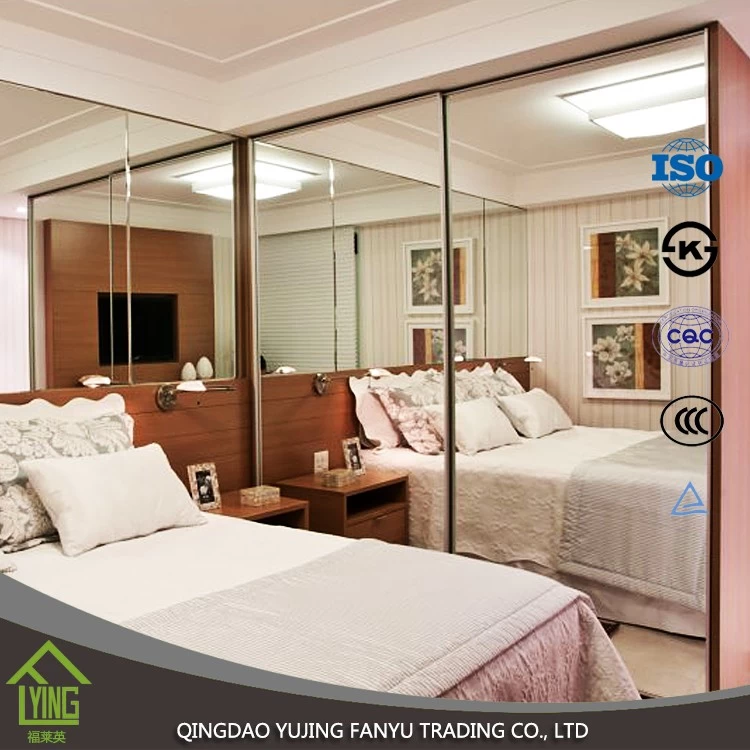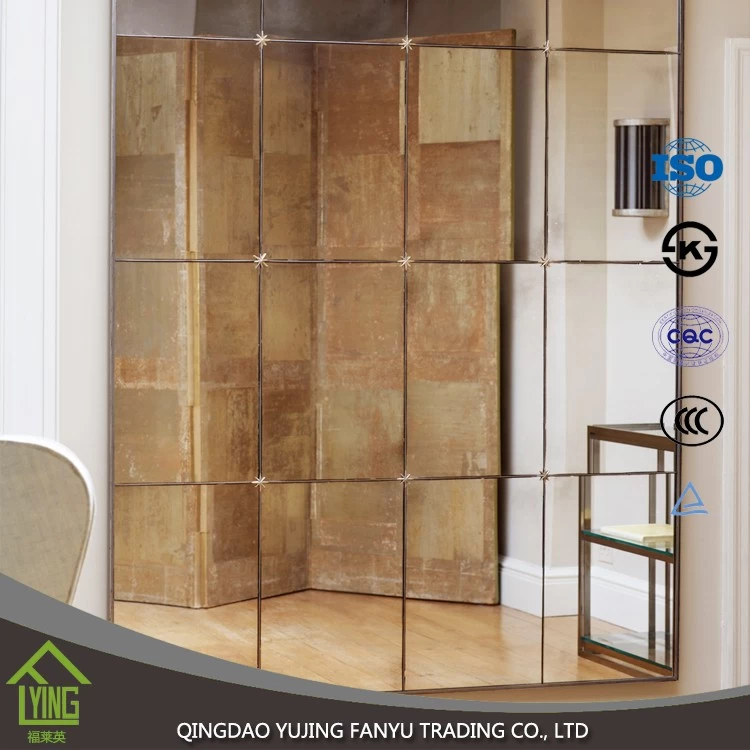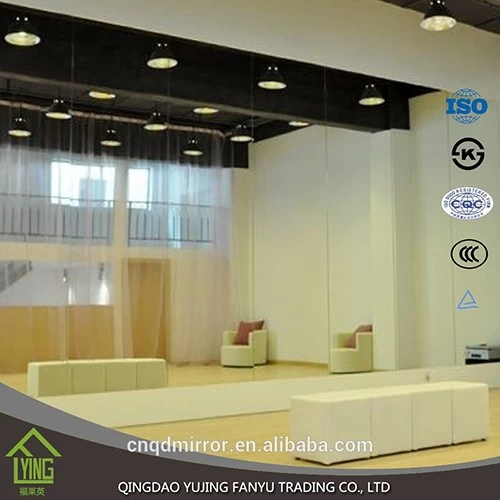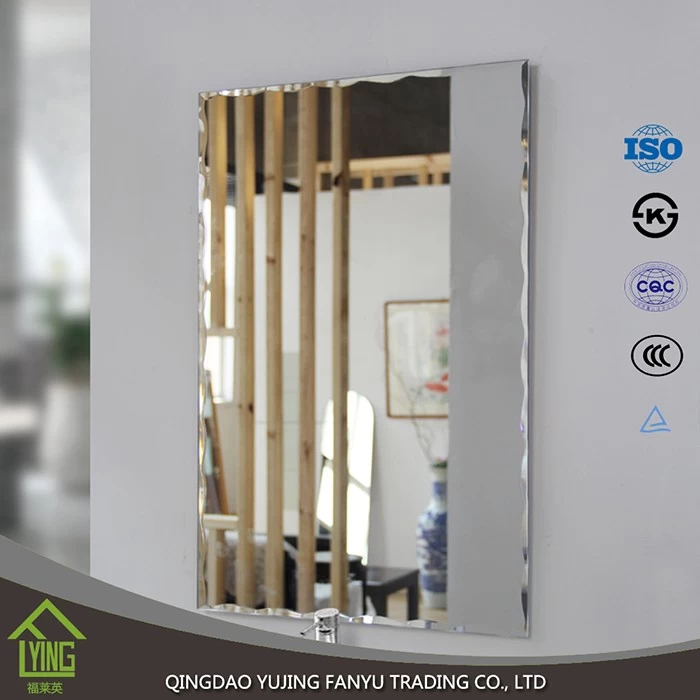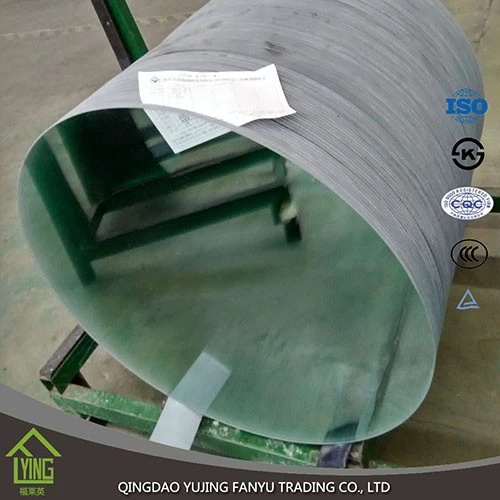|
along withFloat glassWith the advent of technology, it is possible to manufacture high-quality glass with uniform uniformity in large quantities, and at the same time, the variety of deep-processed glass is becoming more abundant. In addition to the commonly used high-strength tempered glass, there are frosted glass, dimming glass that emphasizes privacy protection, laminated glass and wired glass that enhance bulletproof safety. In this article, we will mainly introduce how to distinguish whether it is tempered glass, and why the spring glass door needs to use tempered glass.
First, how to distinguish whether it is tempered glass

Tempered glass is obtained by first cutting an ordinary annealed glass into a desired size, then heating it to a near softening point, and then performing rapid and uniform cooling. After tempering, the surface of the glass forms a uniform compressive stress, while the inside forms a tensile stress, which greatly improves the performance of the glass. The tensile strength is more than three times that of the latter, and the impact resistance is more than five times that of the latter.
It is also this feature that the stress characteristic becomes an important sign to distinguish true and false tempered glass, that is, tempered glass can see colored stripes on the edge of the glass through the polarizing plate, while black and white can be seen in the surface layer of the glass. Interphase spots. Polarizers can be found in camera lenses or glasses, and attention is paid to the adjustment of the light source during viewing, which makes it easier to observe.
Second, the ground spring door glass should be tempered
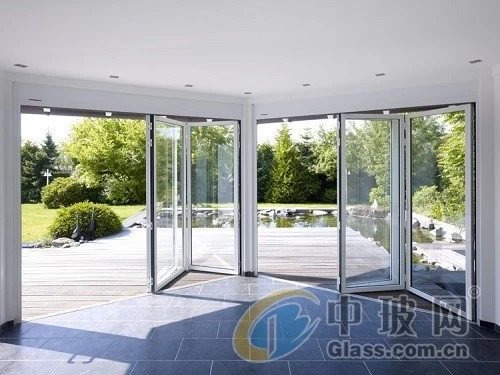
The ground door should use tempered glass or tempered laminated glass in accordance with relevant national regulations.
First, the "Building Safety Glass Management Regulations" requirements must be used:
Article 6 Safety glass shall be used for the following parts of the building that require glass as the building material:
(10) Entrances, entrance halls, etc. of public buildings;
Second, the force point of the glass is too concentrated (at two points of the stud), which is easy to break.
Ordinary glass can be installed, but it is not safe.
Classification of ground bullets
1. According to the opening form, it is divided into swing door, sliding door, revolving door, flip door, double door, etc.
2. According to the material, it is divided into steel door, glass door, aluminum alloy door, plywood door, etc.
3. According to the characteristics are divided into rolling door, spring door, automatic door, fire door, panel door and so on.
4. Combined, it can be called flat fireproof steel door, push-pull aluminum alloy door, etc.
Related concepts
Tempered glass
Tempered glass (Tempered glass/Reinforced glass) is a safety glass. Tempered glass is actually a kind of prestressed glass. In order to increase the strength of the glass, chemical or physical methods are usually used to form compressive stress on the surface of the glass. When the glass is subjected to external force, the surface stress is first offset, thereby improving the bearing capacity and enhancing the resistance of the glass itself. Wind pressure, cold and heat, impact and so on. Note that it is distinguished from FRP.
glass
Glass is an amorphous inorganic non-metallic material, generally made up of a variety of inorganic minerals (such as quartz sand, borax, boric acid, barite, barium carbonate, limestone, feldspar, soda ash, etc.) as the main raw material, and a small amount of auxiliary materials are added. of. Its main components are silica and other oxides. The chemical composition of ordinary glass is Na2SiO3, CaSiO3, SiO2 or Na2O·CaO·6SiO2, etc. The main component is a silicate double salt, which is an amorphous solid with a random structure. Widely used in buildings, used to separate light from the wind, is a mixture. There are also colored glass in which a certain metal oxide or salt is mixed to exhibit color, and tempered glass obtained by physical or chemical methods.
|

